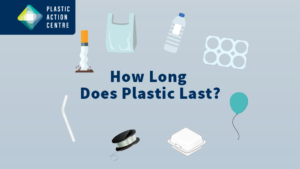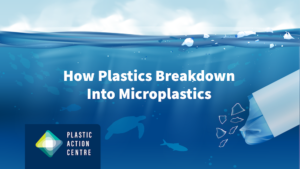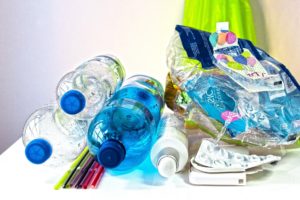- Plastic Pollution
- Infographics
- International
- National
Plastic pollution increasingly clogging N.L. coastlines, decades of data show
A new report — which wrangles decades’ worth of data from fisherman accounts to scientific sampling into one comprehensive and sobering document — gives perhaps the most complete sense to date of the plastic pollution problem in Newfoundland and Labrador.
The findings are not pretty.
The study shatters any notions of pristine ocean waters in the province, highlights the extent to which citizens and industry in Newfoundland and Labrador are the culprits to much of the trash, and shows the province’s role in contributing to the international scope of the issue.
“The only thing that’s getting better is the number of whale entanglements since the [1992] cod moratorium. Every other thing, every other type of plastic, every other place, it’s getting worse,” said Max Liboiron, the director of the Civic Laboratory for Environmental Action Research (CLEAR) in St. John’s, and one of the study’s 10 co-authors.
“I wasn’t necessarily expecting that, because it’s a snapshot study.”
The snapshot looks back to 1962 and carries through to 2019. The idea to sift through the decades came as Liboiron researched her own work involving plastic pollution, and found little dedicated to the area. But as her expertise deepened, she realized there were mentions, anecdotes and appendixes sprinkled throughout existing literature.
“I thought it was about time to put it all together, because it was so spread out, in government reports, and written on the walls of fisherman’s sheds, and all over the place,” she said.
“So we decided to unite it, so we sort of knew what was what.”



